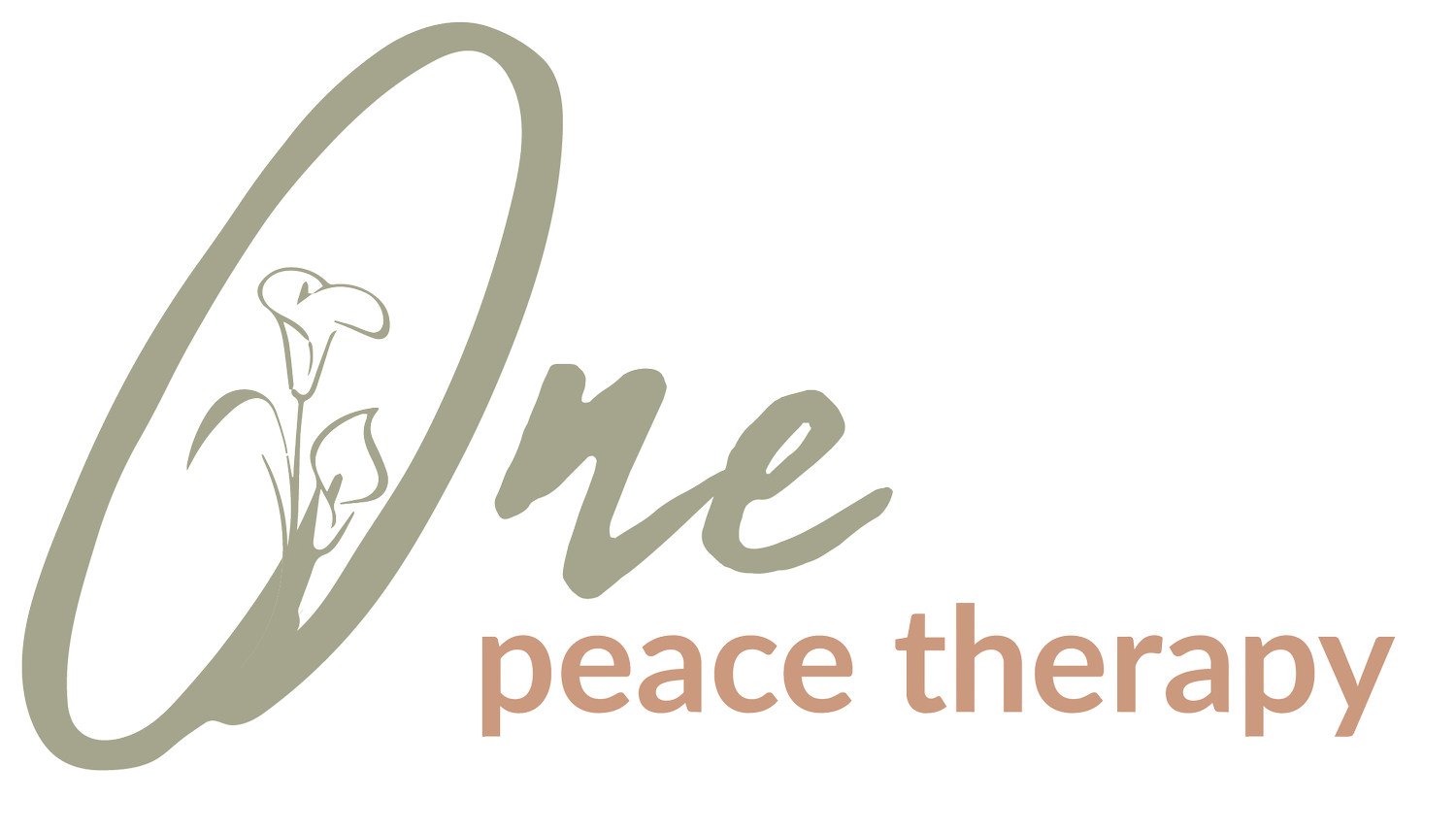
Chronic Pain Symptoms and Treatment Options
What Does Chronic Pain Mean?
Chronic pain means pain that lasts for a long time — usually 3 months or more — and persists beyond the normal healing period for an injury or illness.
Unlike acute pain, which is the body’s immediate warning signal after injury (and usually fades as you heal), chronic pain often continues even after the original cause has improved, or sometimes without a clear physical cause at all.
What Are Symptoms of Chronic Pain?
It can be:
Constant (always present) or intermittent (comes and goes)
Mild to severe
Localized to one area (like your lower back) or widespread (like in fibromyalgia)
Common examples include:
Low back pain lasting months or years
Arthritis pain
Migraines and tension headaches
Nerve-related pain (neuropathy)
Fibromyalgia
Pain after surgery or injury that never fully resolves
Chronic pain isn’t just a physical issue—it can also affect sleep, mood, energy, and mental health because long-term pain changes how the brain and nervous system process signals. Over time, the nervous system can become more sensitive, making pain feel worse even with less physical cause, a phenomenon known as central sensitization.
In addition to persistent discomfort, chronic pain often comes with a range of other symptoms—both physical and emotional—because it can affect the whole body and nervous system. Common symptoms include:
Physical symptoms:
Ongoing dull ache, burning, or shooting pain
Stiffness or reduced flexibility in joints or muscles
Muscle tightness or spasms
Fatigue and low energy levels
Sleep disturbances (trouble falling asleep or staying asleep)
Headaches or migraines
Tingling, numbness, or sensitivity to touch
Changes in appetite or digestion
Emotional and cognitive symptoms:
Mood changes such as irritability, anxiety, or depression
Difficulty concentrating (“brain fog”)
Feeling less motivated or engaged in activities
Increased stress levels
Social withdrawal or isolation
Functional impact:
Difficulty performing daily tasks
Reduced physical activity due to fear of worsening pain
Changes in posture or gait to compensate for discomfort

